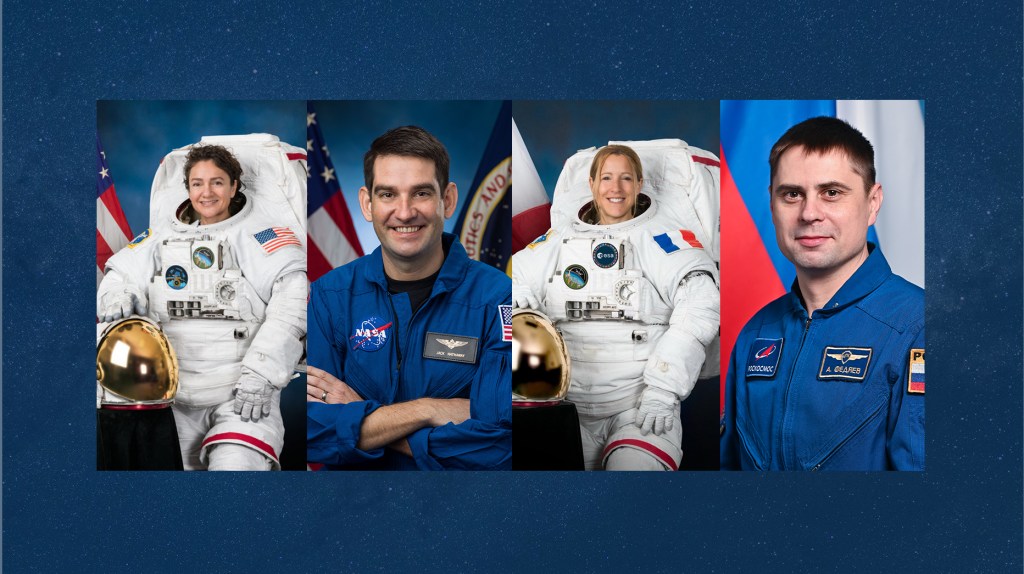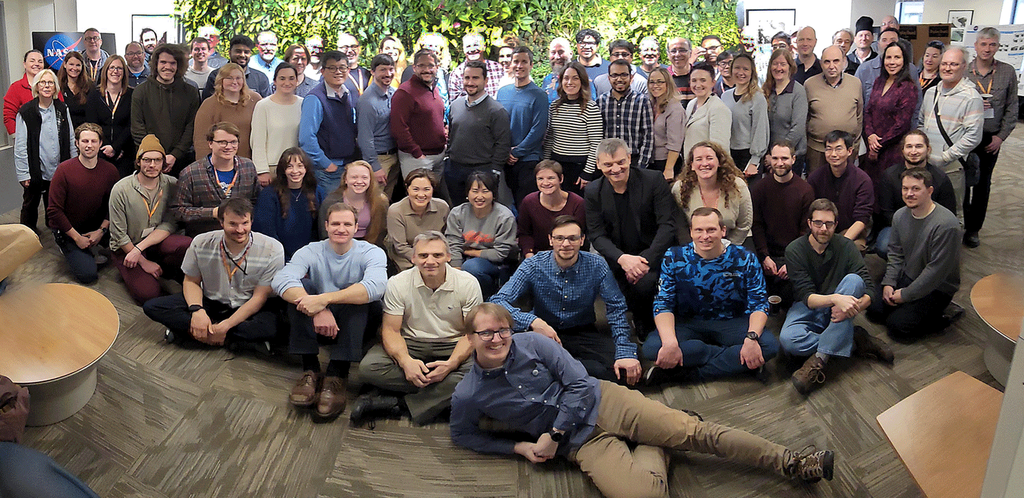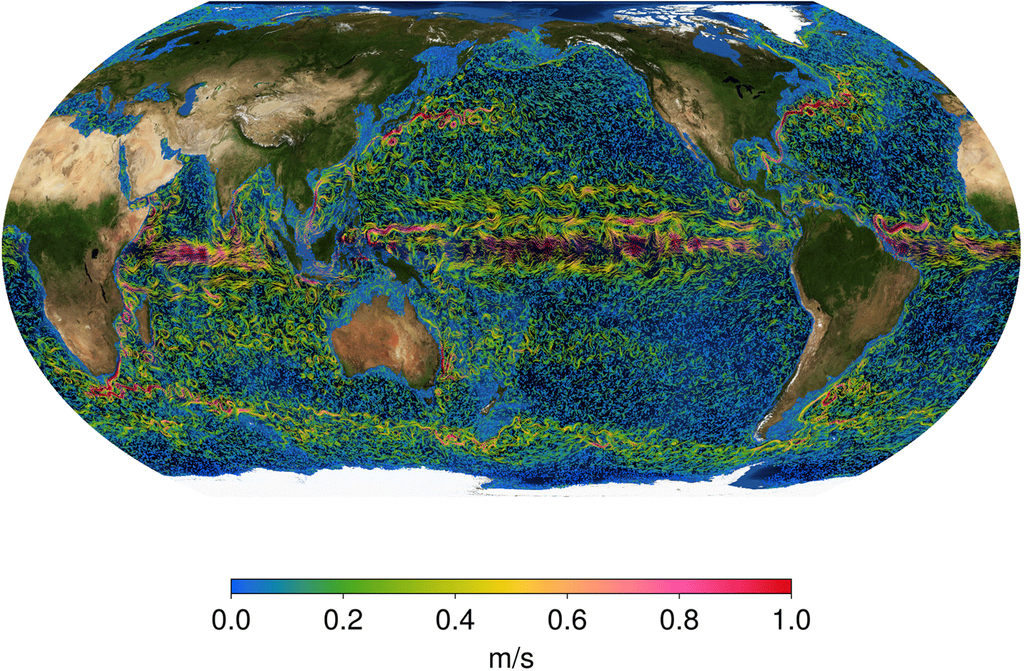Real World: Earth Systems
Our Earth is a dynamic system with diverse subsystems that interact in complex ways.
- What are those subsystems and how do they interact?
- How are these subsystems and the global Earth system changing?
- What causes these changes?
- How does NASA monitor these changes?
- How can Earth system science provide societal benefit?
Jessica Taylor, an atmospheric scientist at NASA Langley Research Center, and Dr. Steven Pawson, an Earth scientist from NASA Goddard Space Flight Center, help answer these questions and demonstrate how mathematical modeling helps scientists in their predictions of climate, weather, and natural hazards.
Background Information
Grades K through 12
Grades 6 through 12
- My NASA Data Systems Thinking About the Earth
Grades 6 through 8
- My NASA Data About the Earth as a System: Background Information
- NASA CERES
- The GLOBE Program Why Study Earth System Science?
Grades 9 through 12
Activities
Grades 6 through 12
- GLOBE Earth as a System Community and Earth As a System Bundles
- NASA Astromaterials Research and Exploration Science Spheres of Earth
- NASA Earth: A System of Systems Hyperwall
Grades 6 through 8
- The GLOBE Program The GLOBE Earth System Poster Learning Activities
- NASA Clouds and the Earth's Radiant Energy System (CERES) Education Outreach
- NASA GSFC Connect the Spheres: Earth Systems Interactions
- The GLOBE Program Manual Land Cover Mapping Protocol
- The GLOBE Program Site Seeing: Beginning
Grades 9 through 12
- Institute for Global Environmental Strategies (IGES) Mapping Our World
- My NASA Data Earth as a System Mini Lessons































